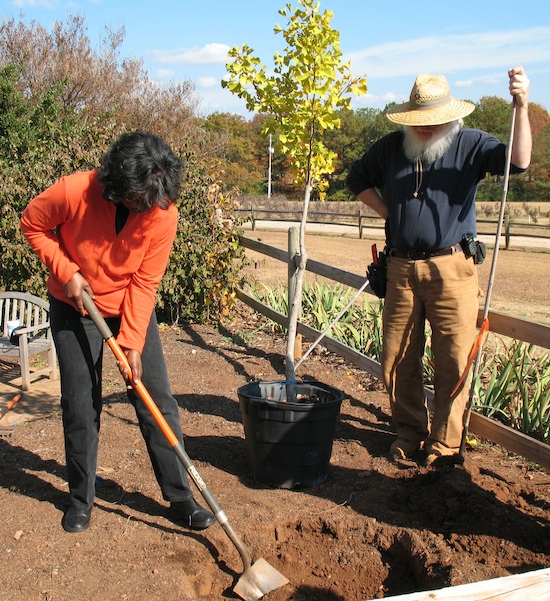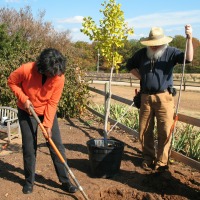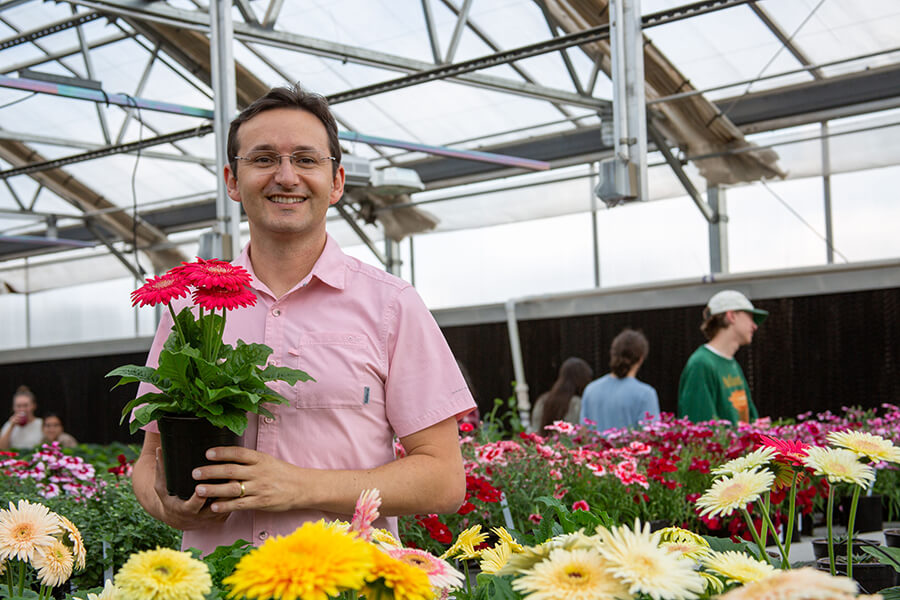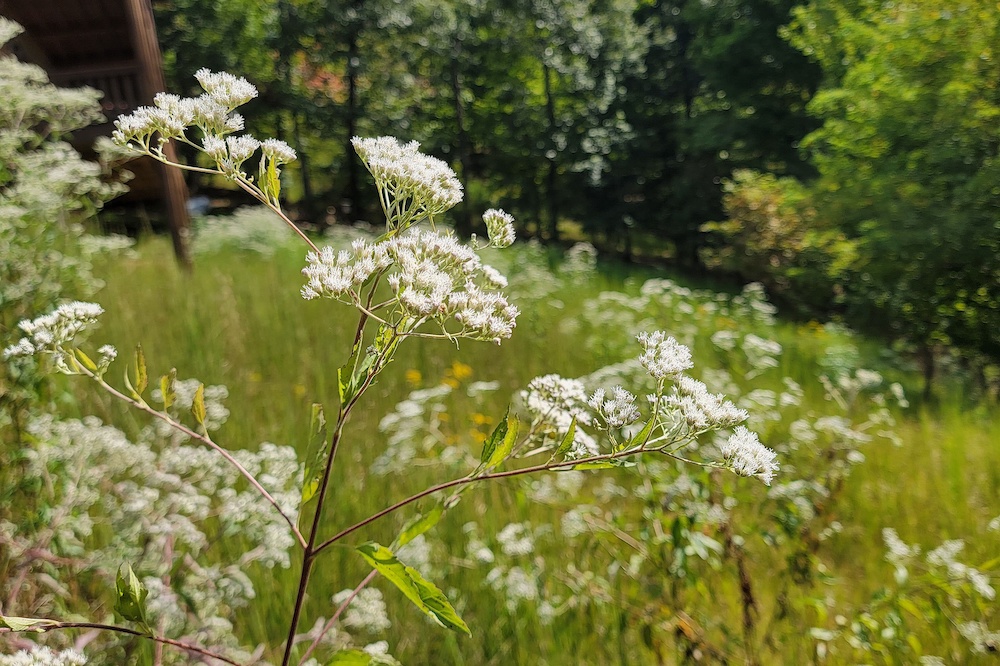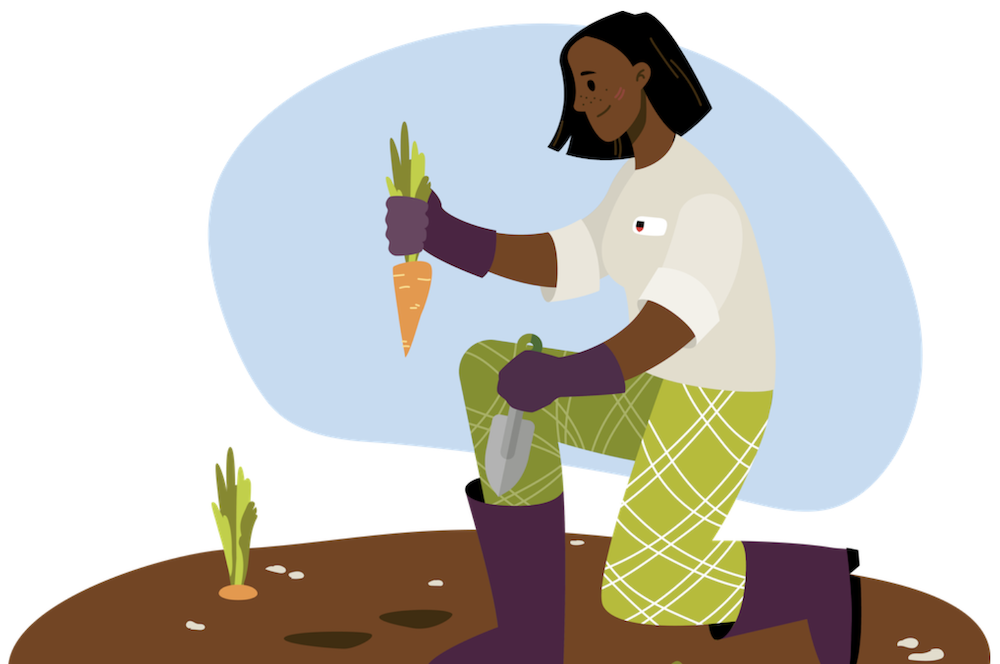The transition of leaf color symbolizes an end to the growing season, but it is also the best time of year to start trees in our landscape. When correctly sited and planted, a fall-planted tree will perform better than a spring-planted tree because the fall tree will establish roots before the warm summer temperatures draw moisture from and cause stress to the tree.
University of Georgia Cooperative Extension offers these tips to successful tree planting.
Plant and site selection
Select trees that are well adapted to the individual planting site. Soil drainage is critical, as most trees don’t like “wet feet.” To ensure proper soil drainage, dig a test hole and fill it with water. If the hole drains at a rate of less than 1 inch per hour, choose a different species of plant or raise the planting site.
Site preparation
Dig your planting hole at least two times as wide as the root ball. Do not dig holes deeper than the root balls or put loose soil beneath the roots because the soil will compact over time and the tree will be planted too deep.
In heavy clay soils, it is recommended to score the edges of the hole so roots can penetrate out of the planting hole. Backfill the holes with native soil as too much organic matter can cause differences in pore size and create water and drainage issues. Fertilization at planting time is not recommended. A slow-release fertilizer can be added if needed the following spring.
Tree preparation
Remove all wrapping and closely inspect the root ball for girdling roots. If roots are circling around the root ball exterior, cut through the roots in a few places. Remove all tags and labels to prevent girdling of branches.
Water and mulch
Thoroughly water the tree after planting, and water when needed during the winter. Mulch should be put down in an area at least equivalent to the drip line of the tree. Two to 3 inches of mulch is best, and mulch should be kept from touching the trunk.
For more information on planting shade trees in Georgia, see UGA Extension publication number C1013 at extension.uga.edu/publications/.

